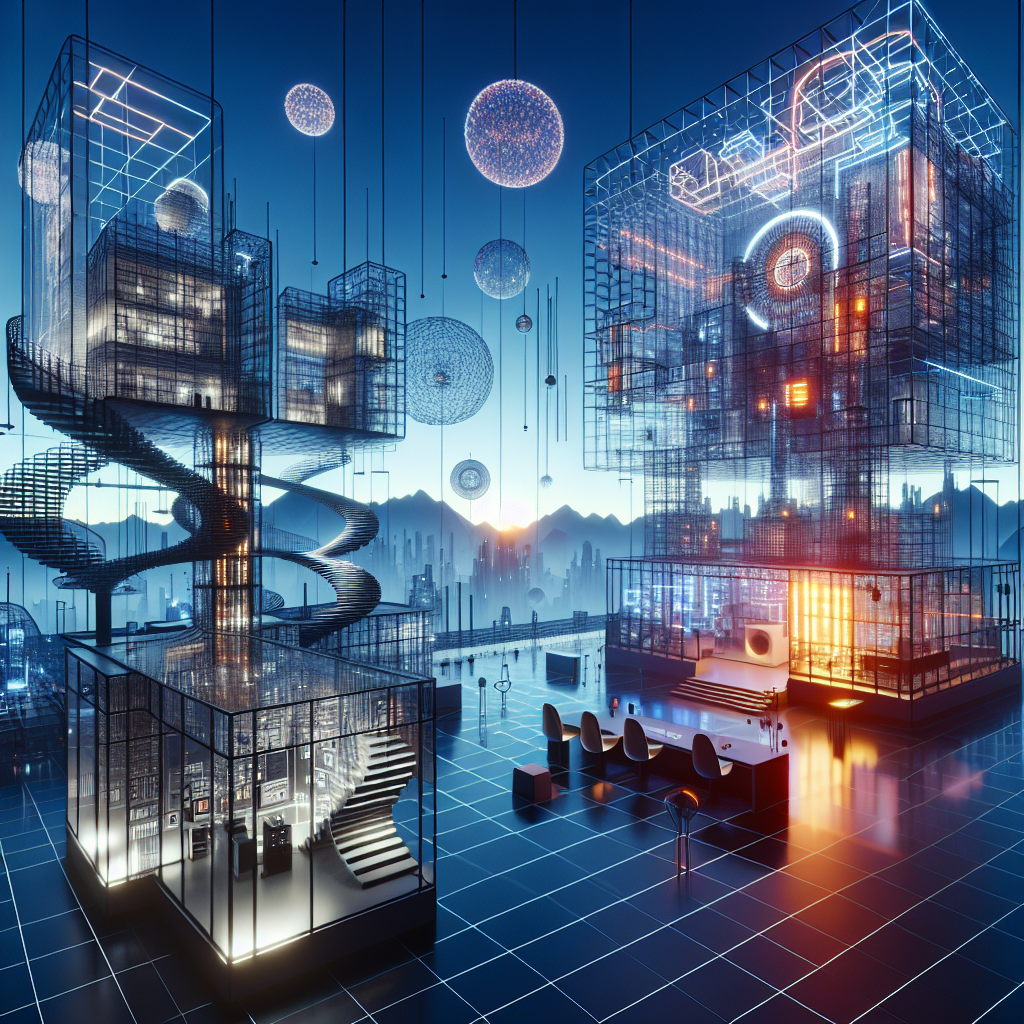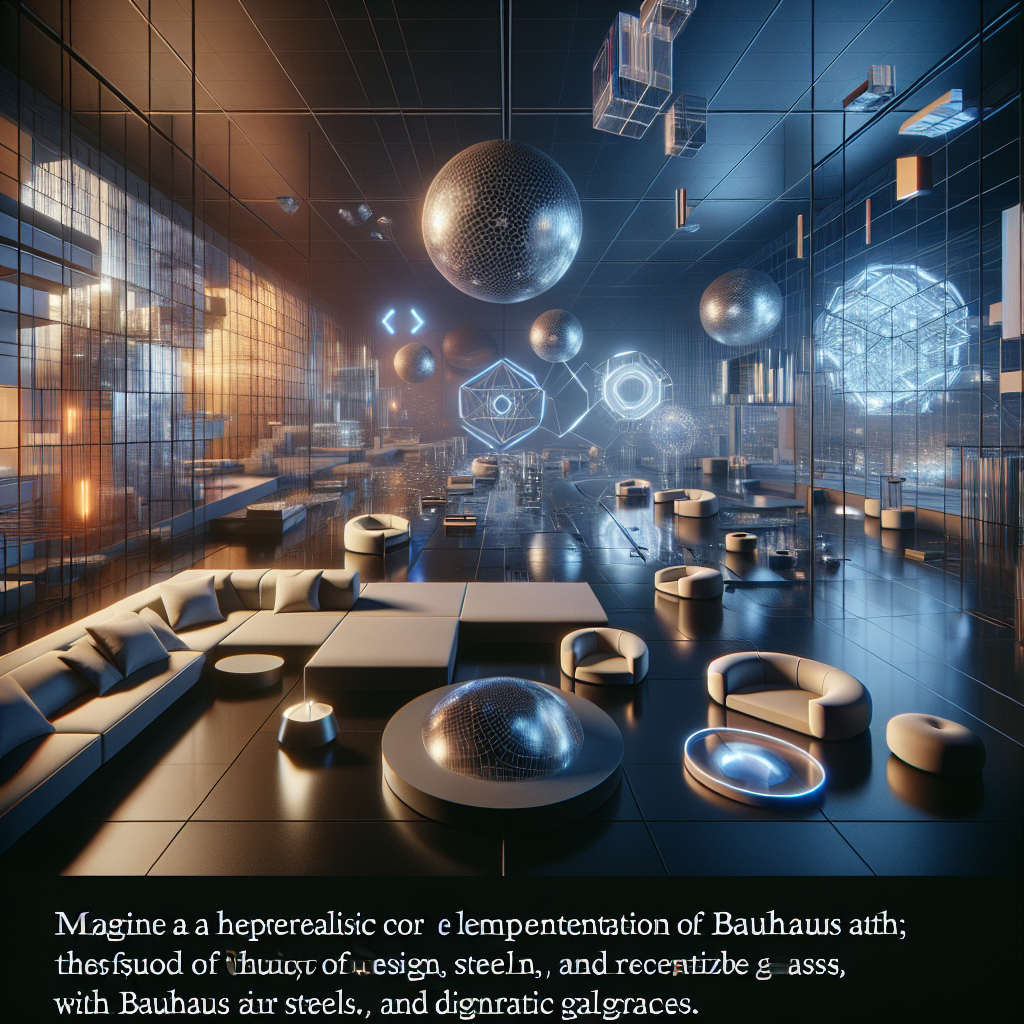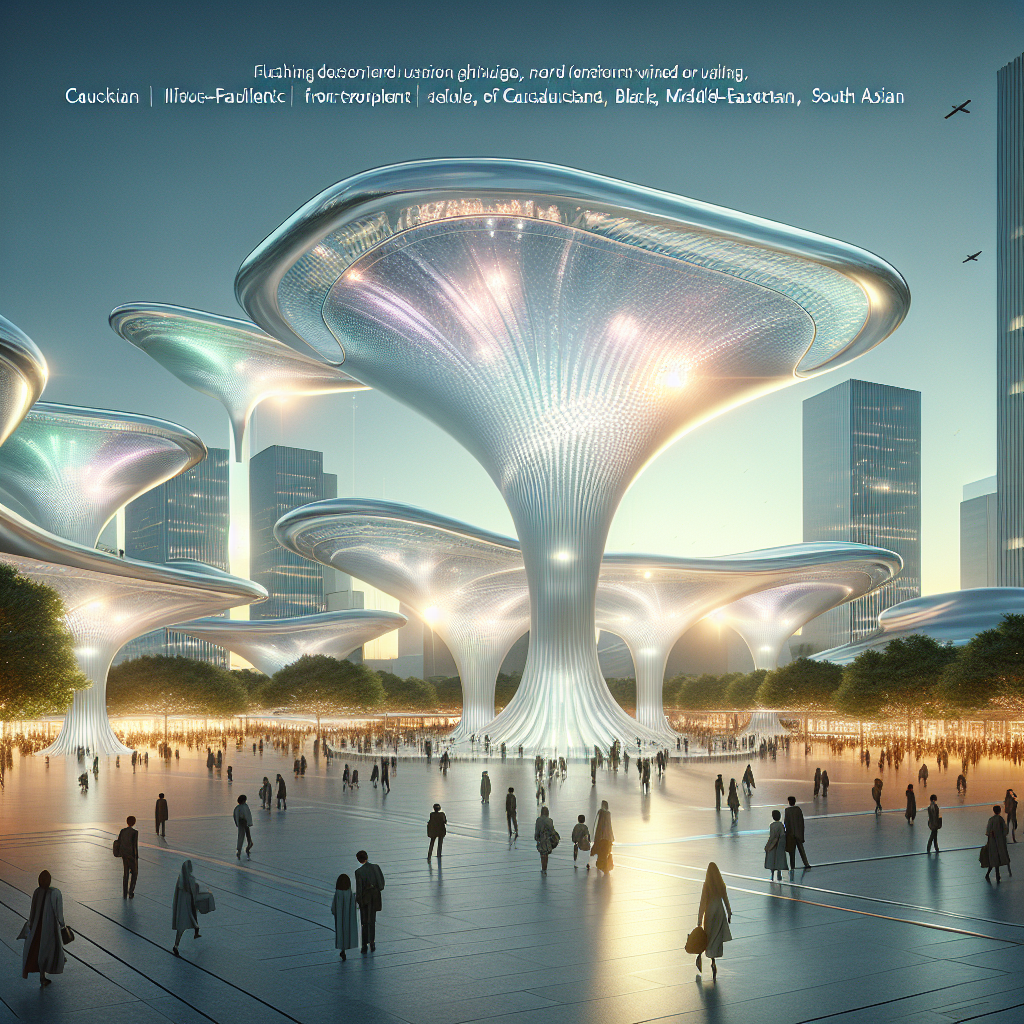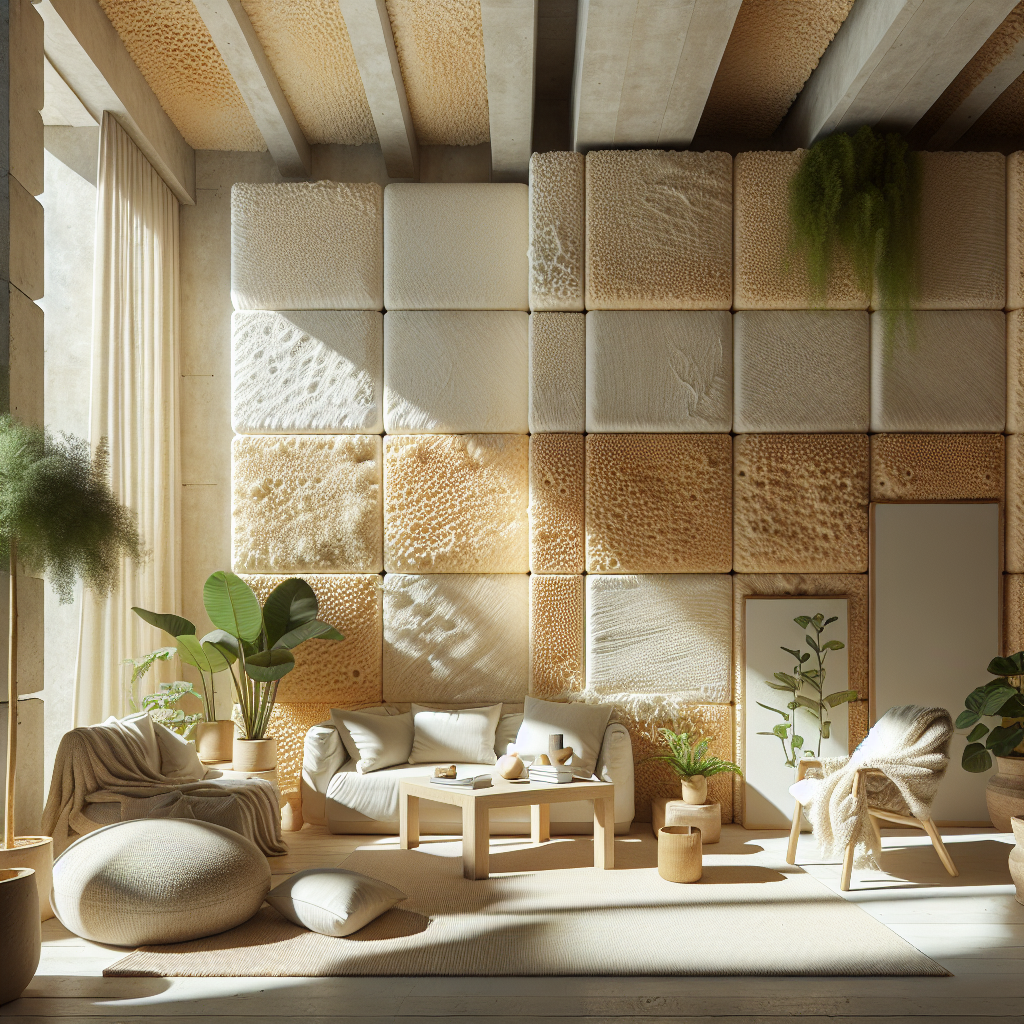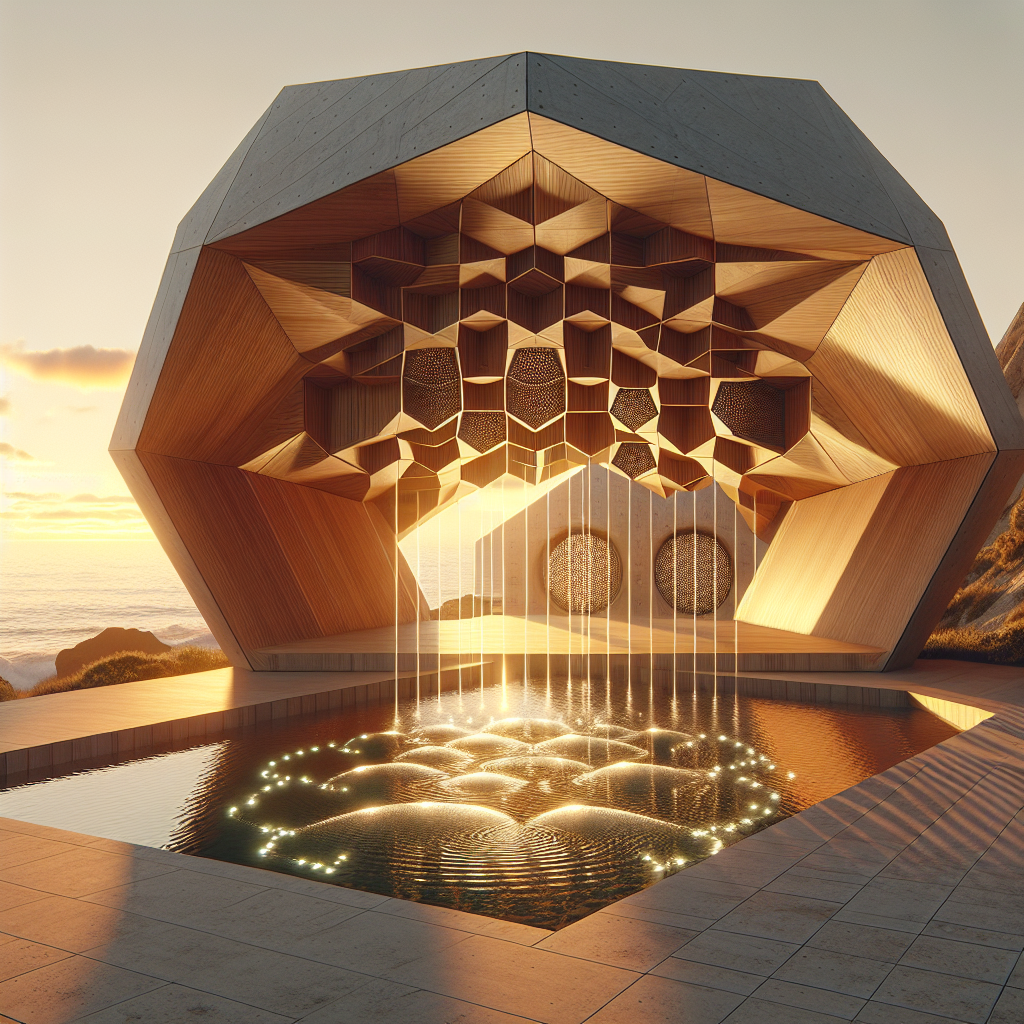Bauhaus meets cyberspace: digital reinterpretations of classic silhouettes

Bauhaus Meets Cyberspace: Digital Reinterpretations of Classic Silhouettes
Few movements in design history have been as influential—or as persistently relevant—as the Bauhaus. Founded in 1919 in Weimar, the school’s radical fusion of art, craft, and technology established a modernist vocabulary that continues to shape architecture, interiors, and product design. Today, more than a century later, Bauhaus is undergoing a profound metamorphosis. No longer confined to physical materials like steel, glass, and concrete, its iconic silhouettes are being reimagined in the immaterial expanse of cyberspace. From algorithmic reinterpretations of Marcel Breuer’s tubular chairs to immersive virtual environments inspired by Walter Gropius’s Dessau building, the Bauhaus ethos is being translated into a digital-first design language that resonates with contemporary culture.
The Bauhaus Legacy in the Digital Age
The Bauhaus movement was never about style alone—it was about systems, methods, and the pursuit of functional beauty. As the digital era accelerates, designers are rediscovering these principles through computational tools, generative algorithms, and immersive technologies. In many ways, the current wave of digital reinterpretations mirrors the original Bauhaus ambition: to integrate art and technology into a seamless whole. What was once a dialogue between handcraft and machine production is now a negotiation between human creativity and artificial intelligence.
Recent explorations in parametric design and generative art exemplify this shift. By feeding Bauhaus-inspired geometries into algorithmic frameworks, designers are producing forms that feel both familiar and futuristic—an echo of the past refracted through the lens of digital possibility. These reinterpretations are not nostalgic replicas but living evolutions, extending Bauhaus into the realm of data-driven aesthetics.
Virtual Bauhaus: From Physical to Phygital
One of the most striking developments is the migration of Bauhaus silhouettes into virtual reality environments. In these immersive spaces, the iconic rectilinear forms of Bauhaus architecture are no longer bound by gravity or material constraints. Imagine walking through a digital pavilion where Kandinsky’s abstract compositions float as three-dimensional structures, or sitting on a Breuer-inspired chair that morphs in real time based on biometric feedback. These experiences extend Bauhaus’s pedagogical mission into cyberspace, creating new platforms for experimentation and interaction.
Projects like the “Virtual Bauhaus” exhibition—launched by the Goethe-Institut in Berlin—demonstrate how digital media can preserve and reinterpret design heritage. Visitors navigate a VR reconstruction of the Dessau campus, exploring classrooms, workshops, and furniture pieces in a way that transcends the limitations of physical museums. This approach not only democratizes access but also reactivates Bauhaus as a living, participatory archive.
Algorithmic Silhouettes: The New Bauhaus Grammar
At the heart of Bauhaus was the idea of reduction: distilling form to its essential geometry. In the digital realm, this reduction is amplified by algorithms capable of generating infinite variations of a single silhouette. Designers are experimenting with machine learning models trained on Bauhaus archives, producing speculative objects that extend the movement’s visual grammar into unforeseen territories.
For instance, a tubular steel chair may be reinterpreted as a fluid, parametric mesh that adapts to the user’s posture. A Kandinsky-inspired color study might become an interactive lighting system, shifting hues in response to environmental data. These reinterpretations are not mere homages; they embody the Bauhaus principle of uniting form and function—only now, function is mediated by data streams and responsive technologies.
Digital Bauhaus in Interior Design
In contemporary interiors, Bauhaus-inspired forms are being reimagined through digital fabrication and augmented reality. Furniture companies are experimenting with 3D printing to create modular systems that echo Bauhaus’s emphasis on adaptability and efficiency. Meanwhile, AR platforms allow clients to visualize these pieces in their homes, blending the tactile legacy of Bauhaus with the fluidity of digital customization.
One striking example is the resurgence of Bauhaus silhouettes in contemporary furniture, where designers use neon outlines and digital textures to reinterpret classic forms. These pieces are not only functional but also serve as visual metaphors for the convergence of physical and virtual design languages. The result is a hybrid aesthetic—part machine-age rigor, part digital dreamscape—that resonates with a generation fluent in both design history and digital culture.
Bauhaus and the Metaverse
The emergence of the metaverse has created fertile ground for Bauhaus reinterpretations. In virtual worlds, designers are free to experiment with scale, materiality, and interaction in ways that would be impossible in the physical realm. Bauhaus-inspired avatars, furniture, and architectural environments are proliferating across platforms like Decentraland and Spatial, offering a glimpse into how modernist principles might shape digital societies.
These reinterpretations are not only aesthetic but also social. Just as Bauhaus sought to democratize design by making it accessible to the masses, digital Bauhaus projects aim to create inclusive, participatory environments. By leveraging blockchain and NFT technologies, designers are experimenting with new forms of ownership and authorship, extending Bauhaus’s collective ethos into the decentralized future.
Critical Perspectives: Between Heritage and Innovation
While the digital reinterpretation of Bauhaus silhouettes is undeniably exciting, it also raises critical questions. Does translating Bauhaus into cyberspace risk reducing it to a visual style, stripped of its social and political context? Or does it, conversely, fulfill the movement’s original ambition to integrate art, technology, and society? The answer may lie in how designers approach the balance between homage and innovation.
Some critics argue that the proliferation of Bauhaus-inspired NFTs and digital collectibles risks commodifying the movement’s legacy. Yet others see these reinterpretations as a natural extension of Bauhaus’s experimental spirit. After all, the school itself was a crucible of radical ideas, constantly challenging conventions and embracing new technologies. In this sense, digital Bauhaus is less a departure than a continuation—an affirmation that the movement’s principles remain relevant in an age defined by data and networks.
The Future of Bauhaus in Cyberspace
As we move deeper into the 21st century, the fusion of Bauhaus and cyberspace is likely to intensify. Advances in AI, VR, and digital fabrication will continue to expand the possibilities for reinterpreting classic silhouettes. More importantly, these technologies will allow designers to revisit Bauhaus’s core mission: to create environments that are not only aesthetically compelling but also socially transformative.
In this context, Bauhaus becomes less a historical reference and more a living methodology—a way of thinking about design that is adaptable, systemic, and deeply human. Whether manifested in a VR classroom, a generative algorithm, or a digitally fabricated chair, the Bauhaus spirit persists, reminding us that design is always about more than objects. It is about shaping the spaces—physical or virtual—in which we live, work, and imagine.
Final Thoughts
The digital reinterpretation of Bauhaus silhouettes is not a nostalgic exercise but a bold reactivation of modernism’s most enduring principles. By embracing cyberspace as a new design frontier, architects and designers are proving that Bauhaus was never just about the 1920s—it was about the future. And in 2025, that future is unmistakably digital.
For readers interested in exploring the deeper historical roots of this movement, the article Overview of the Bauhaus Movement provides a comprehensive foundation. For those curious about how technology continues to reshape design, insights from augmented reality in design innovation offer a compelling parallel. Together, these perspectives underscore a simple truth: Bauhaus is not a relic of the past, but a blueprint for the digital age.

